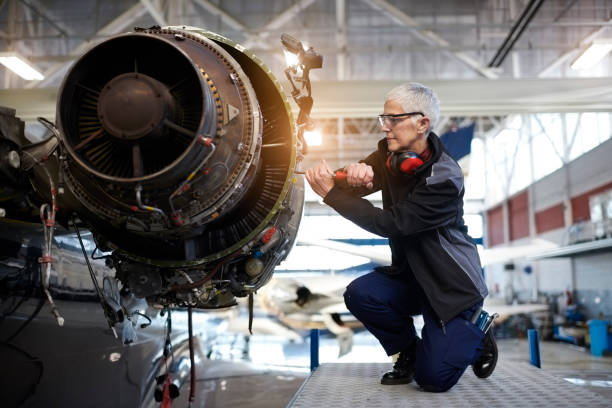Supercomputers are high-performance computing systems designed to solve complex computational problems that require an enormous amount of processing power. They are used for a wide range of scientific, engineering, and research applications. Here are some key areas of work for supercomputers:
1. Scientific Simulations: Supercomputers are often used for running complex scientific simulations. For example, in physics, supercomputers are employed to simulate the behavior of particles at the atomic or subatomic level, helping to understand fundamental physical phenomena. In climate science, supercomputers model and simulate weather patterns, climate change, and their impacts.
2. Computational Fluid Dynamics: Supercomputers excel at analyzing fluid flow and dynamics. They are used in aerodynamics, weather prediction, and engineering applications to simulate airflow around objects, optimize designs, and predict the behavior of fluids in various scenarios.
3. Molecular Modeling and Drug Discovery: Supercomputers play a crucial role in computational chemistry and molecular modeling. They assist in simulating the behavior of molecules, predicting their properties, and aiding in drug discovery by analyzing interactions between drugs and biological systems.
4. Financial Modeling: Supercomputers are utilized in financial institutions for complex financial modeling, risk analysis, and optimizing investment strategies. They enable high-speed processing and analysis of large datasets, aiding in decision-making and predicting market trends.
5. Artificial Intelligence and Machine Learning: Supercomputers are employed in training and running large-scale artificial intelligence (AI) and machine learning (ML) models. They help process vast amounts of data and perform computationally intensive tasks, such as image recognition, natural language processing, and deep learning algorithms.
6. Nuclear Simulations: Supercomputers are utilized in nuclear physics and engineering to simulate and analyze nuclear reactions, reactor designs, and the behavior of nuclear materials. They aid in research on nuclear fusion, fission, and nuclear energy applications.
7. Astrophysics and Cosmology: Supercomputers assist in studying the origins of the universe, modeling galaxy formation, simulating stellar evolution, and understanding cosmological phenomena. They are used to process and analyze vast astronomical datasets, such as data from telescopes and satellite missions.
8. Engineering and Design: Supercomputers are employed in various engineering fields to optimize designs, simulate and test product performance, analyze structural integrity, and solve complex engineering problems.
Overall, the work of supercomputers revolves around tackling computationally intensive problems that require massive computational power and data processing capabilities. They enable scientists, researchers, and engineers to push the boundaries of knowledge and make significant advancements in their respective fields.












